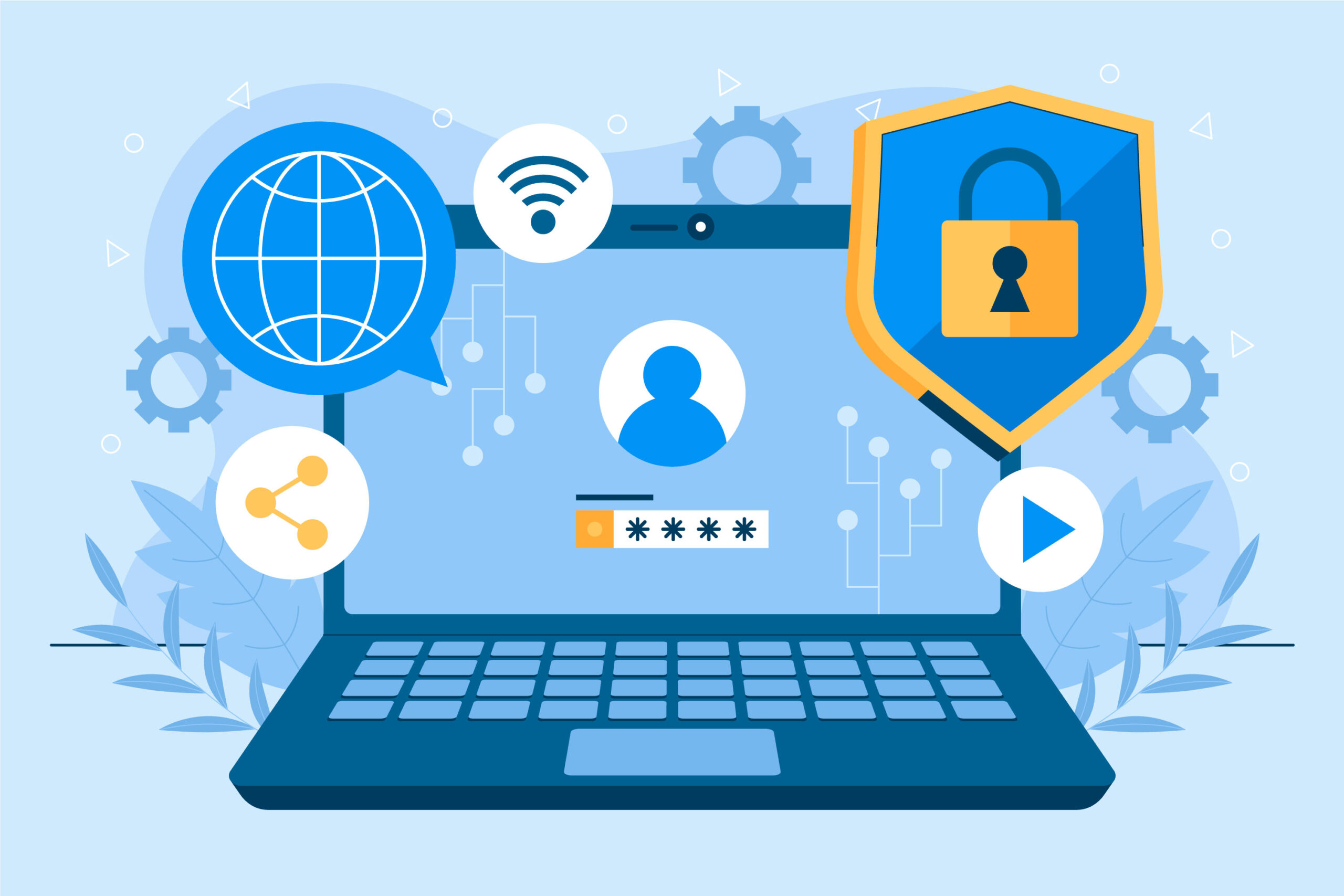Contents
- 1 Introduction:
- 2 1. Transparent Data Collection Practices:
- 3 2. Obtain Informed Consent:
- 4 3. Anonymize and Aggregate Data:
- 5 4. Secure Data Storage and Encryption:
- 6 5. Limit Data Access to Relevant Teams:
- 7 6. Optimize Data Retention Policies:
- 8 7. Embrace Anonymized Personalization:
- 9 8. Give Customers Control Over Their Data:
Introduction:
In the digital age, personalization has become a cornerstone of effective marketing strategies. Tailoring marketing efforts to individual preferences and needs can significantly enhance customer experiences and drive engagement. However, as the demand for personalization grows, so does the concern over data privacy.
Consumers are increasingly conscious of how their data is collected, stored, and used, leading to a delicate balance between personalization and data privacy. In this blog, we will explore how businesses can implement personalization in marketing without compromising data privacy, ensuring a win-win situation for both marketers and consumers.
1. Transparent Data Collection Practices:
The foundation of ethical personalization lies in transparent data collection practices. Businesses must be upfront about the type of data they collect, the purposes for which it will be used, and how long it will be retained. Communicate your data privacy policy, including details about user consent, data-sharing practices, and opt-out options.
When customers understand how their data is being used and have the option to control it, they are more likely to trust your brand and be willing to engage with personalized marketing efforts.
2. Obtain Informed Consent:
Obtaining informed consent is a crucial step in respecting data privacy while implementing personalization. Seek explicit consent from customers before collecting their personal information. This consent should be specific and granular, allowing users to choose which data they are comfortable sharing and for what purposes.
Implement clear and easy-to-understand consent mechanisms, such as checkboxes or pop-up notifications that clearly explain what data will be collected and how it will be used. Respect customer choices, and avoid making consent a prerequisite for accessing basic services.
3. Anonymize and Aggregate Data:
To protect individual identities while still gaining insights, anonymize and aggregate data whenever possible. Rather than collecting and storing personally identifiable information (PII), focus on grouping data into larger segments or persons. This way, you can still analyze customer behaviors and preferences without compromising individual privacy.
Aggregated data can provide valuable insights into customer trends and preferences, enabling personalization on a broader scale while safeguarding sensitive information.
4. Secure Data Storage and Encryption:
Data security is paramount in preserving data privacy. Ensure that all customer data is securely stored and encrypted to protect it from unauthorized access. Regularly update security protocols and work with reputable data security providers to prevent data breaches and safeguard customer information.
Compliance with data protection regulations, such as the General Data Protection Regulation (GDPR) and the California Consumer Privacy Act (CCPA), is essential for maintaining data privacy standards.
5. Limit Data Access to Relevant Teams:
Minimize the number of employees who have access to customer data and limit access to only relevant teams. Implement strict data access controls and regularly audit data access privileges to ensure that data is not misused or mishandled.
Educate your employees about data privacy best practices and the importance of maintaining customer trust. Conduct regular training sessions to keep everyone up-to-date with evolving data privacy regulations and procedures.
6. Optimize Data Retention Policies:
Evaluate and optimize data retention policies to ensure that data is not retained longer than necessary. Regularly review and purge outdated or irrelevant customer data to minimize potential risks and maintain compliance with data protection regulations.
By limiting the time data is retained, you reduce the exposure of customer information and decrease the likelihood of data privacy incidents.
7. Embrace Anonymized Personalization:
Anonymized personalization is an approach that leverages customer behavior patterns without typing them into individual identities. It involves using non-PII data, such as browsing behavior or purchase history, to deliver personalized experiences without directly identifying customers.
For example, an online retailer suggests a product on a user’s browsing history without knowing the user’s details. Embracing anonymized personalization allows businesses to deliver customized experiences without infringing on data privacy.
8. Give Customers Control Over Their Data:
Empower customers to control their data and make choices about how it is used. Provide easy-to-access privacy settings that allow users to modify their preferences and opt out of certain data collection practices if they choose.
Respect customer requests to delete or modify their data, and promptly address any privacy-related concerns they may have. By putting customers in control of their data, you demonstrate a commitment to data privacy and build trust with your audience.
Conclusion:
Implementing personalization in marketing without compromising data privacy is both an ethical and practical imperative in the digital age. Businesses must strike a delicate balance between delivering personalized experiences and protecting customer data. Transparent data collection practices, obtaining informed consent, and anonymizing and aggregating data are essential steps to respect customer privacy.
Securing data storage, limiting data access, and optimizing data retention policies further strengthen data privacy efforts. Embracing anonymized personalization and empowering customers to control their data contribute to a positive and trustworthy customer experience.
By adhering to data privacy regulations and demonstrating a genuine commitment to safeguarding customer information, businesses can successfully implement personalization in marketing, fostering deeper connections with customers while respecting their privacy rights. Striking this balance not only builds trust and loyalty but also ensures marketing strategy in the ever-evolving landscape of data privacy.
Frequently Asked Questions (FAQs)
- Can personalization be achieved while respecting data privacy regulations?
Yes, personalization can be implemented in compliance with data privacy regulations, such as GDPR or CCPA. It requires obtaining explicit consent from users to collect and use their data and ensuring transparent data practices.
- How can I obtain user consent for data collection in a personalized marketing approach?
You can obtain user consent through clear and easily accessible opt-in mechanisms. Explain why you’re collecting data, what it will be used for, and provide users with the option to opt out at any time.
- How can marketers balance personalization with data anonymization?
Marketers can use data anonymization techniques like aggregation to protect user privacy while still gaining insights for personalization. This allows for personalized experiences without exposing individual identities.
- Is it necessary to regularly audit and update data privacy practices when implementing personalization?
Yes, it’s crucial to regularly audit and update data privacy practices to ensure ongoing compliance with changing regulations and to maintain user trust. Data privacy should be an ongoing priority.


